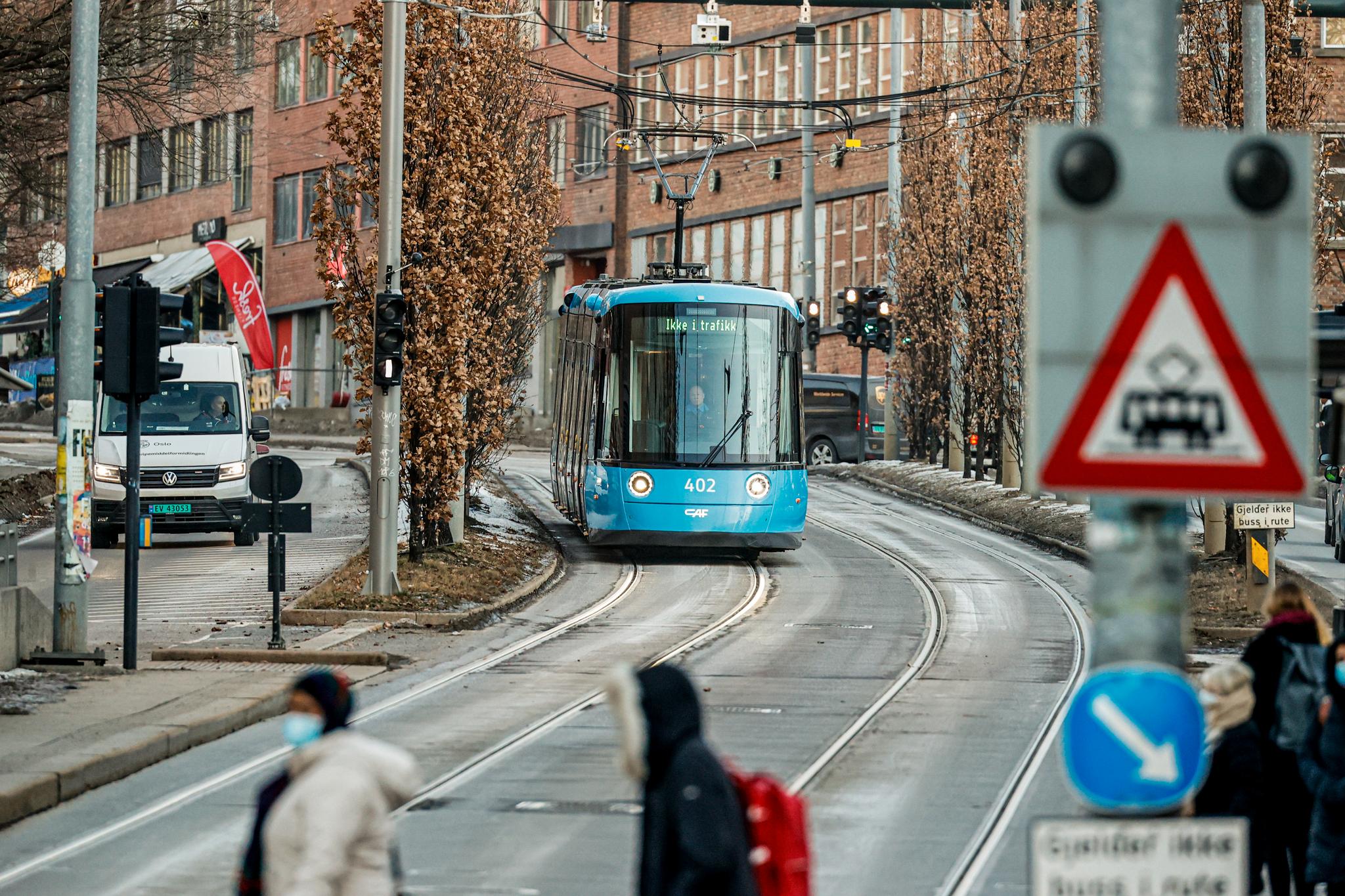In the municipal elections in 2019, several of the country’s larger cities were haunted by the party “Folkeaksjonen No to more tolls”. At the next municipal election, we may see the party «Free public transport».
comment
This is a comment. It expresses the writer’s analyzes and opinions.
We are writing 2023. There are two weeks left until the municipal election. In Oslo, the newly started party “Free public transport” has made a dent in the polls and has risen to 14 percent.
The party steals votes from all other parties, and the leader – a young charismatic woman from the inner east – crushes everything and everyone in the debates she takes part in.
“Everyone who buys an electric car is exempt from VAT. We who travel by public transport must pay 12 percent. This policy punishes those who have little and rewards those who have much. In addition, electric cars also destroy the environment, both in production and in use. “
The traditional parties do not know how to respond. Even the toll party has problems scolding people who do not have the ticket for not driving.
The Labor Party and the Conservative Party say they “will look at the tariff level” if they win, SV and Rødt promise free public transport to all students and pupils, FRP says it is the Labor Party’s fault that the tariffs are so high and the Green Party says nothing. They promised lower tariffs, but could not help but raise the tolls.
Good reasons to protest
It is not certain that we will get such a party, but the development has gone the wrong way. Prices for public transport in the period 2010 to 2020 increased more than the general rise in prices.
In addition, the state has ensured that cars and especially electric cars come out incredibly well. If you currently drive an electric car from Oslo to Lillehammer, it costs 36 kroner in tolls. Even with sky-high electricity prices, there will be no more than NOK 200 in electricity.
The train costs – a little depending on when you want to go – between 400 and 500 kroner per. adult ticket. If there are four of you in the car, the difference will easily be 1500 kroner.
Public transport in the big cities in Norway is largely subsidized (in some cities by 30 per cent, in others by 70 per cent). If it were to be run completely without support, it would be so expensive that few would have taken it. Then the private car had been preferred.
It would provide traffic chaos and low efficiency. Anyone who has visited major cities in developing countries knows what that means. A bus takes away for 45 private cars.
In other words, public transport is, in essence, a good example of how what is economically unprofitable can be socio-economically profitable.
Does price matter?
If, for example, Oslo, which is both a municipality and a county, were to make public transport free, it would have to take the passengers’ bills.
In Oslo, even in the abnormal year 2020, ticket revenues amounted to about 60 per cent (1.65 of a total of NOK 2.75 billion) that Ruter spends on this offer. There is a lot of money, money Oslo does not necessarily have.
Surveys also show that the majority of travelers set frequent departures and good standards higher than low prices. We also know that free public services can have negative effects such as over-consumption.
However, we also see that cheap and free public transport gives very good results. An example can be found in Fredrikstad. There, the Labor Party, led by Mayor Jon-Ivar Nygård, made the city ferries free of charge in 2013. Visits to the city center quickly increased by 40 per cent and trade increased its turnover by 30 per cent.
Now the city ferries did not leave the load alone – the cars were also removed from the square, and the municipality upgraded the urban spaces. But that the city ferries were free was essential.
In the same municipality, the buses were free during a test period from November 2019 to February 2020. At that time, the buses received 67 per cent more passengers and the majority of the new passengers stated that the bus journeys replaced car journeys.
The reason why the effects are so great, we find answers to in the travelers. They get excited. They are proud of their city and of public transport.
This is how the action patterns change.
Why one logic for electric car and another for bus?
The reason why the party “Free public transport” gets so much support before the local elections in 2023, lies not least in the fact that the new generations perceive free public transport as a morally and rationally superior strategy.
As the leader of the party says: “We are talking about freedom that has good consequences for the community. Not a freedom that is at the expense of the freedom of others. “
In 2021, electric cars will cost the state 30 billion in lost revenue. “Free public transport” has major problems in understanding why a steel structure that weighs 2 tonnes and carries an average of 1.2 people will have more favorable conditions than public transport. And that is exactly what many others do not understand either.
Then we should ask ourselves: Jon-Ivar Nygård who was when Fredrikstad municipality introduced free city ferries, what does he do now? Yes, now he is Minister of Transport.
Is he able to do something worthwhile, or is he content to manage a shaky system?
–


